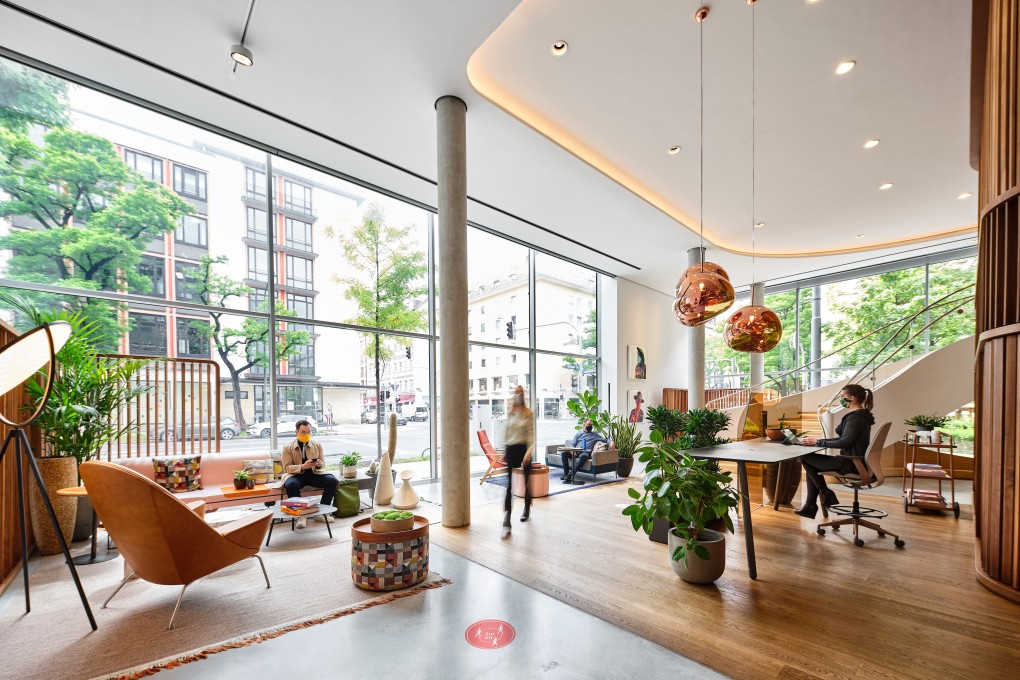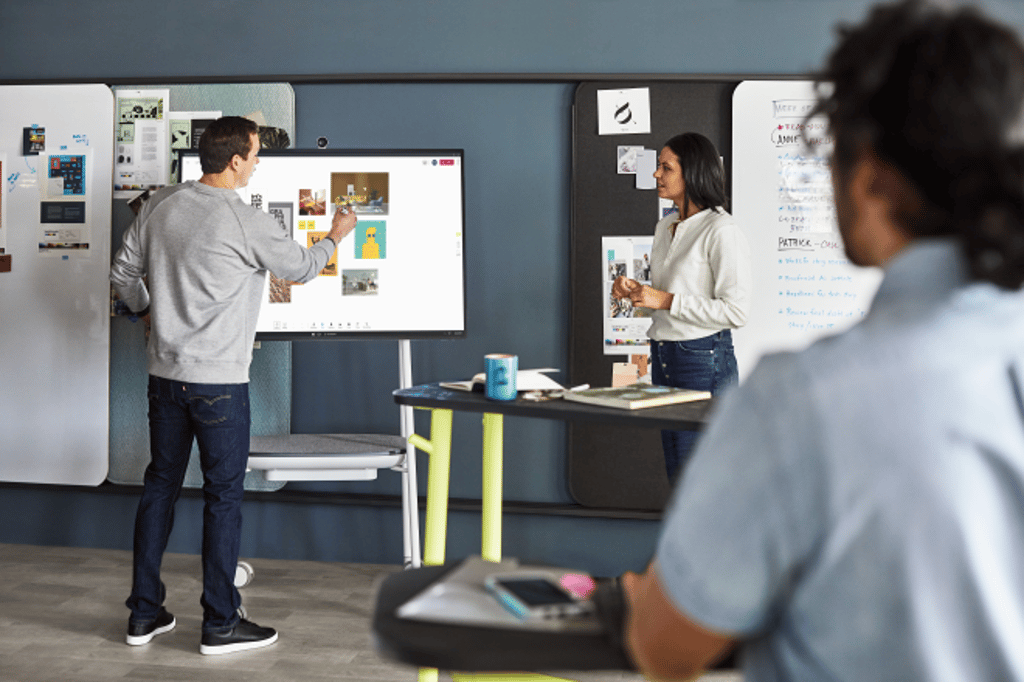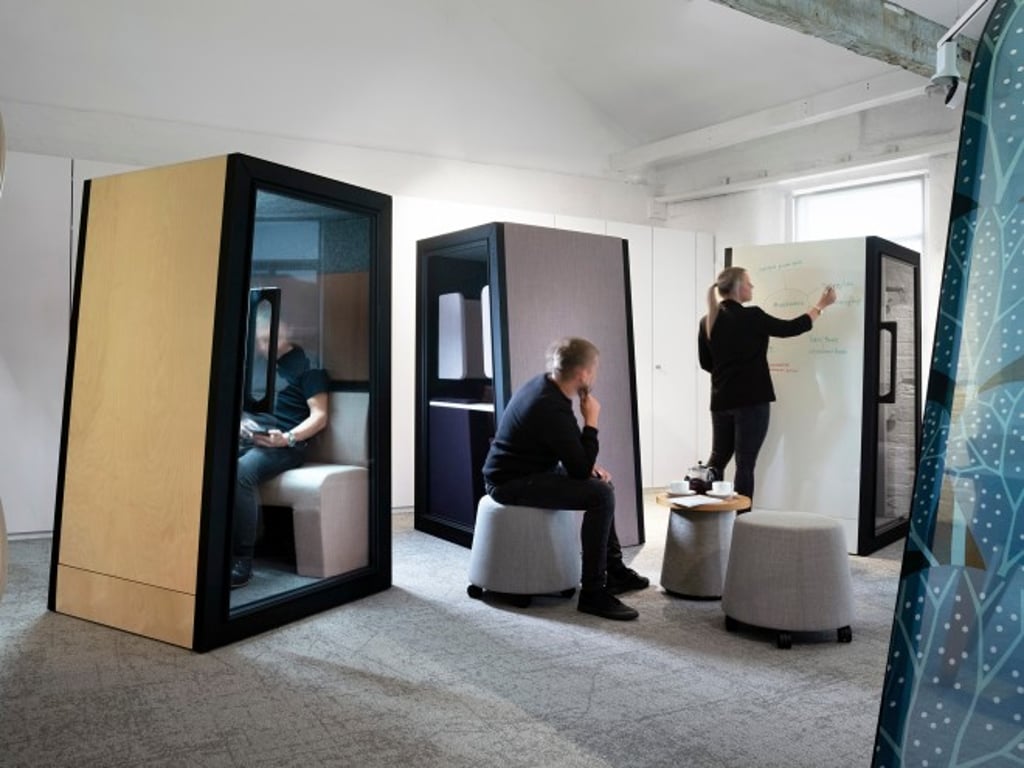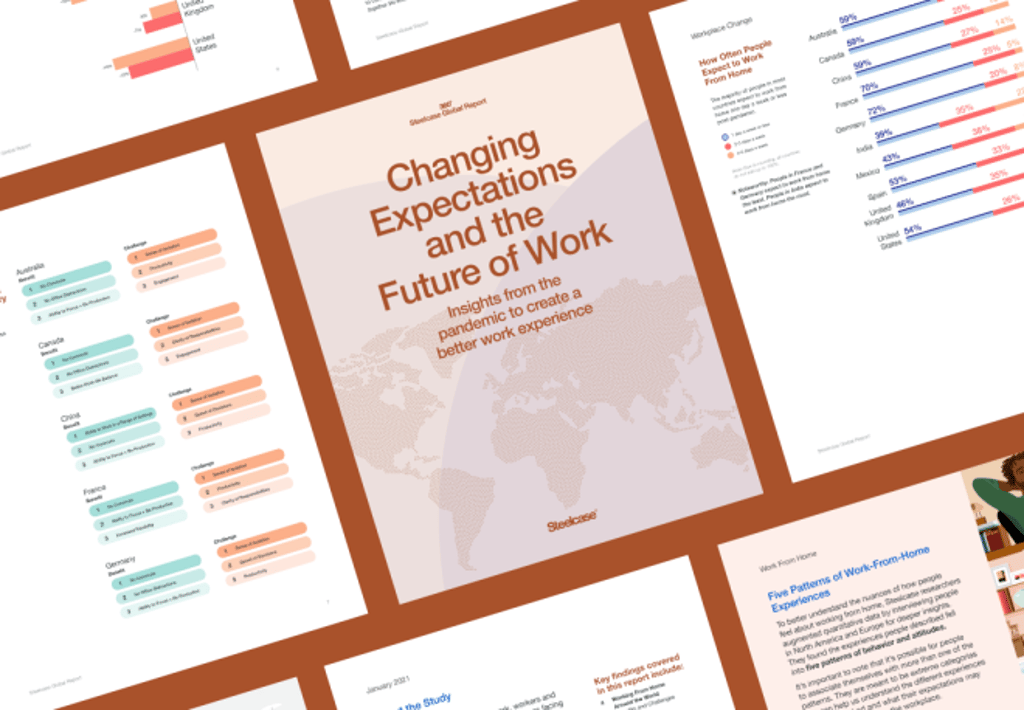Businesses plan to make changes in the workplace to keep staff happy

[Sponsored Article]
With COVID-19 cases in Hong Kong getting under control, offices are slowly reopening their doors for employees to return to the workplace. While this is a welcoming gesture, it’s also a time for employers to reflect on the new expectations that employees have of their workplace.
According to a recent working study published by Steelcase, a leading manufacturer of furniture for the workplace, people’s experiences during the pandemic have accelerated previous expectations of creating better workplaces.
The ongoing research study took place across 10 countries involving more than 32,000 participants. It aims to help organisations understand the impact of COVID-19 and how it will change the future of work.
Indeed, the consequence for not addressing those needs and expectations is that these companies will struggle to retain talent in the long term. However, at least for Hong Kong, the good news is that employers are beginning to listen as they realise that the hybrid work trend is here to stay.
Mark Dixon, Founder and CEO of IWG Plc said, “One of the lasting legacies of the pandemic will be the ability to work in different ways, in different places and more companies will have distributed workforces empowering their teams to work closer to or from home. Research has shown time and again that hybrid work is very popular with employees. They enjoy being able to work a mix of from home, at an office closer to home and occasionally from a corporate HQ”.

Looking at Hong Kong specifically, the Microsoft Work Index starts off painting a rather dire picture as it calls on employers to wake up to some alarming trends. These trends include the fact that high productivity is actually masking a rather exhausted workforce where 46 per cent of workers in Hong Kong feel overworked and exhausted. The report further notes that the Gen-Z employees need to be re-energised as more than 50 per cent of this age category is struggling, while shrinking social networks are also further endangering innovation.
However, the report does go on to note that it is not too late for employers to turn the tide and to spur productivity by promoting wellbeing amongst its workers. In fact, as more than half (53 per cent) of those surveyed in Hong Kong intend to move to a new office location this year, organisations will be encouraged to rethink how they can elevate employees’ workplace experience to compete for the best and most diversified talent.
“Hong Kong businesses have displayed remarkable resilience in the face of sustained and significant disruption from COVID-19, but they have not stood still as the 2021 Work Trend Index highlights the proactive mindset of leaders and workers to embrace the hydbrid work evolution as an opportunity for positive change,” said Cally Chan, general manager for Microsoft Hong Kong and Macau.
The Steelcase study highlights five critical employee needs that are said to have the biggest overall workplace impact. These five elements include: safety, belonging, productivity, comfort and control.

Safety
In order for people to return to the office feeling safe, air quality and the adherence to safety protocols and general cleanliness rank amongst some of the most important safety considerations. The study notes that in order for people to feel confident in the workplace, they have to feel that their employers are doing everything within their power to keep them safe.
Sense of belonging
Feeling part of a community is a top predictor of higher scores in productivity, engagement, innovation and commitment. The research shows that there are three ways that an employer can do this: Making offices with places where leaders are present and accessible; creating spaces that foster social interaction; and offering stimulating and inspiring work areas that promote ideation and creative problem-solving.
Productivity
According to the Steelcase Research, both employers and employees want workplaces that support individual focus work as well as collaboration. It is therefore important to create a workplace where it is easy for workers to transition between “me” and “we” work. Solutions such as mobile furniture and moveable screen can allow employees to create meeting space or workstations with barriers for privacy, on demand.
Comfort
In light of COVID, people have become much more aware of their physical, cognitive and emotional needs. As such, ergonomic comfort ranked a top issue for most people. Cognitively, workers now want a quiet and professional work environment; while emotionally, one of the most important things that people want in the workplace is an increased sense of belonging to their teams, a connection to the company culture and the ability to socialise.
Control
Moving forward, people want the same level of control over their work lives that they have at home. This means greater flexibility in the workplace and better work-life balance.
In order to meet these expectations, the Steelcase Research outlines four macro shifts that organisations need to make in order to address employee’s changing needs. These include designing a workplace for safety, productivity, inspiring community and one that is designed for flexibility.
“When we consider what people need, and how the work experience is shifting moving forward – old planning paradigms will need to change,” the study noted.
